Artwork and Creativity in Philadelphia


The image above was created by Kurt Schwitters in Germany in 1921. The title of the image was Merz Construction. Schwitters laid the foundations to this form of art. Merz art was a combination of poetry, collages, graphic designs, and sculpture. Schwitters art work was created from various leftover materials, and he was well known to intermingle art and life in his artwork. Schwitters decided to call this style of art Merz after reading an assemblage in 1918. The Philadelphia Museum of Art posted, “this engaging object appears to be a cross between a cubist collage, a wall clock, and a kindergarten project.” Art work from Merz style, and various other styles play a key role in the creation of modern art work today. This piece of work is housed at the Philadelphia Museum of Art. Philadelphia is a City scattered with vibrant images, poetry and sculptures.
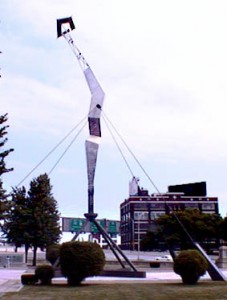
While entering or leaving Philadelphia, you will pass a sculpture which stands at the base of the Benjamin Franklin Bridge. Most people pass by this artwork, without paying any attention to it. The sculpture has been described by opponents as looking like twisted steel, or the remnants of failed construction side. However if you take a deeper look, the sculptures meaning is somewhat clear once you know the artists intent. The sculpture represents Benjamin Franklin’s discovery of Electricity.
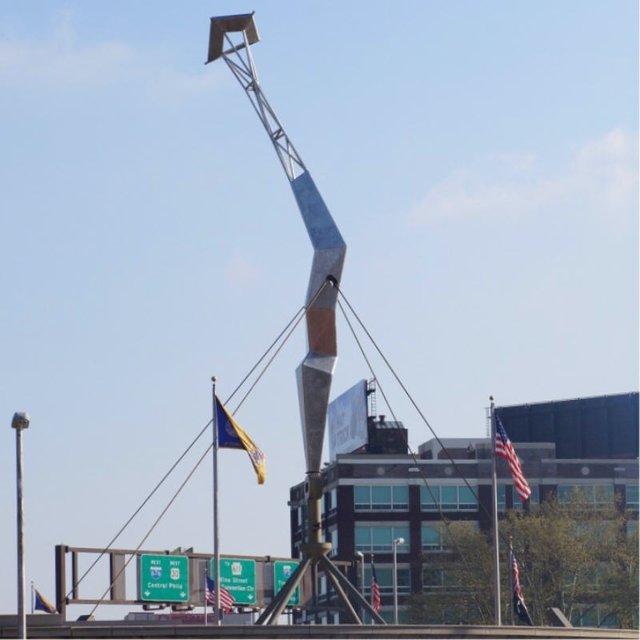
The top of the sculpture represents the kite with the key, while the jagged steel frame represents the electric bolt. The sculpture was created in 1984, and came at a high price tag of $850,000. The sculpture was created by Isamu Noguchi. Noguchi was a Japanese-American Sculptor who proposed constructing the 102 foot tall stainless steel structure in 1933. The structure would not receive the funds needed to create it for another fifteen years. Noguchi said that his design symbolized, “the eternal and essential contact between air and earth.”
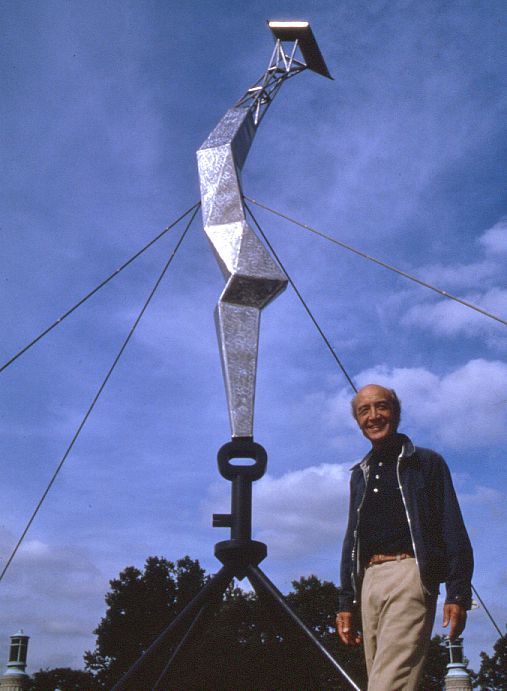
What does Isama Noguchi, Kurt Schwitters, Benjamin Franklin, and Philadelphia have in common? These individuals and the City of Philadelphia all have pushed the boundaries of thought and creativity. Without the hard work of individuals like these men, the world would be a vastly different place. Whether you enjoy Kurt Schwitters, or Isamu Noguchi’s work is irrelevant to the question. Their work forces the viewer to develop their own thought and insight on each piece. This free thought process is the very concept William Penn intended when he established Philadelphia over three hundred years ago.
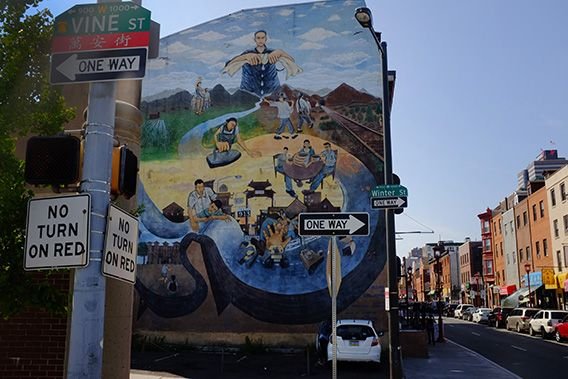
Today Philadelphia is scattered with a great deal of artwork, much of the work has become intermingled with the urban environment itself. Whether it be murals and poetry on the side of row homes, or large sculptural pieces in the city’s various parks, this creativity is available throughout the city. Philadelphia’s vast art, creativity, culture, and “underdog” mentality has lead it to become the Nation’s first World Heritage City.
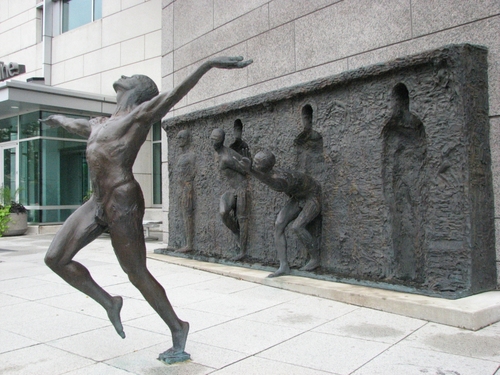.jpg)
100% of the SBD rewards from this #explore1918 post will support the Philadelphia History Initiative @phillyhistory. This crypto-experiment is part of a graduate course at Temple University's Center for Public History and is exploring history and empowering education to endow meaning. To learn more click here.
Sources:
http://www.philamuseum.org/collections/permanent/53863.html
http://www.phillymag.com/news/2010/06/14/the-ugliest-piece-of-art-in-philadelphia/
http://www.associationforpublicart.org/artwork/bolt-of-lightning-a-memorial-to-benjamin-franklin/
You have to wonder if Philadelphia’s commitment to art is truly distinctive for its continuing focus on the city’s founding principle of “freedom of conscience.” And how would we confirm and document that?